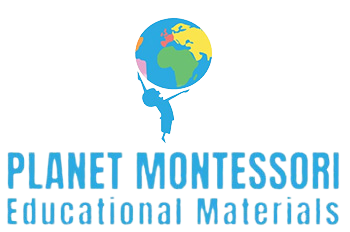- Planet Montessori
- News and Updates
- 0 likes
- 86 views
- 0 comments
- Montessori Educational materials, montessori materials philippines, montessori materials, educational materials, learning materials, toddler materials
Montessori at Home: Adapting to Flexible Learning in the Philippines
The world of education is rapidly evolving, and Filipino parents are increasingly embracing flexible learning options for their children. One effective and proven method is the Montessori approach, which emphasizes independence, creativity, and holistic development. By adapting Montessori principles at home, parents can provide a nurturing environment that supports lifelong learning.
Why Montessori at Home?
Montessori education focuses on child-led learning, allowing children to explore their interests at their own pace. In the Philippines, where many families are adopting hybrid or fully remote learning models, integrating Montessori practices offers a structured yet adaptable framework for home-based education.
- Encourages Independence: Children learn to manage their time and tasks, fostering self-discipline and responsibility.
- Promotes Hands-On Learning: Montessori emphasizes practical activities that engage multiple senses, making learning more enjoyable and effective.
- Customizable for Every Family: From working parents in urban areas to families in rural communities, Montessori methods can be tailored to suit different lifestyles.
How to Set Up a Montessori-Friendly Home
Creating a Montessori-inspired learning space at home doesn’t have to be expensive or complicated. Here are some tips:
- Designate a Learning Area: Choose a quiet, well-lit corner where children can focus on activities.
- Use Child-Sized Furniture: Provide tables, chairs, and shelves that are easy for children to access independently.
- Offer Open-Ended Toys and Materials: Opt for items like wooden blocks, puzzles, and sensory bins that encourage creativity and exploration.
- Follow the Child’s Interests: Observe your child to understand their passions and provide related learning materials.
For more ideas on creating a Montessori environment at home, check out this guide.
Integrating Filipino Culture into Montessori at Home
One way to make Montessori education more relatable for Filipino children is by incorporating elements of Filipino culture. For instance:
- Use local materials like banig mats for floor work.
- Introduce Filipino folk tales, music, and crafts as part of storytelling and creative activities.
- Practice basic Filipino phrases during language activities.
This not only enriches the child’s learning experience but also fosters a deeper connection to their heritage.
The Role of Parents in Montessori Learning
Parents are not just facilitators but also role models in Montessori education. By demonstrating patience, curiosity, and a love for learning, they inspire their children to do the same. Additionally, parents can access online resources and communities like Montessori PH to find tips, support, and learning materials tailored to Filipino families.
Conclusion
Montessori at home is a powerful way to adapt to flexible learning in the Philippines. By creating a child-centered environment and integrating Montessori principles, Filipino parents can nurture well-rounded, independent learners ready to thrive in an ever-changing world.
For more information on Montessori education and tools, visit our resources page.

Comments (0)